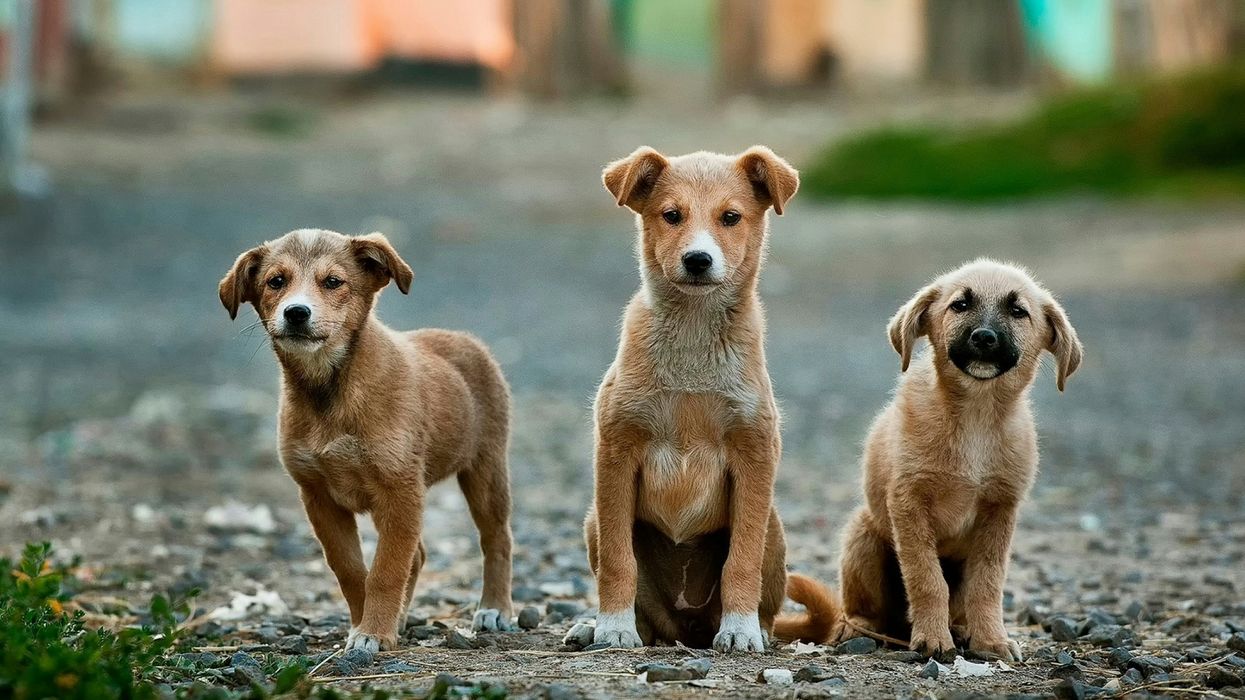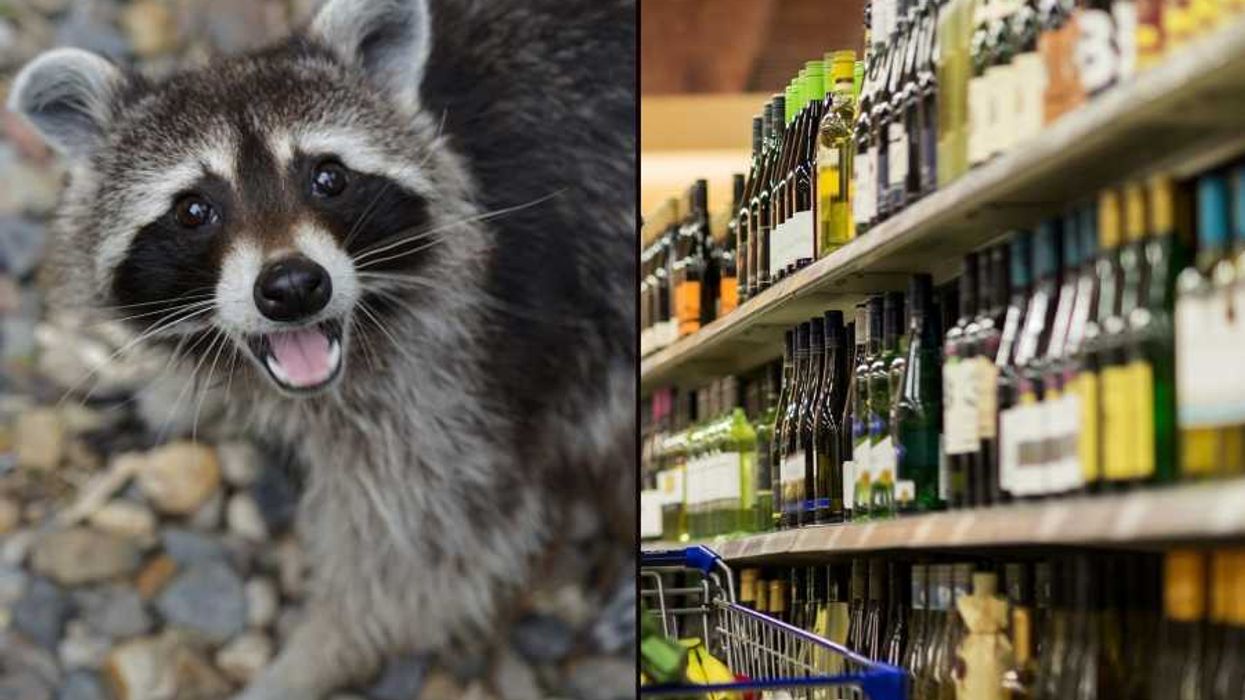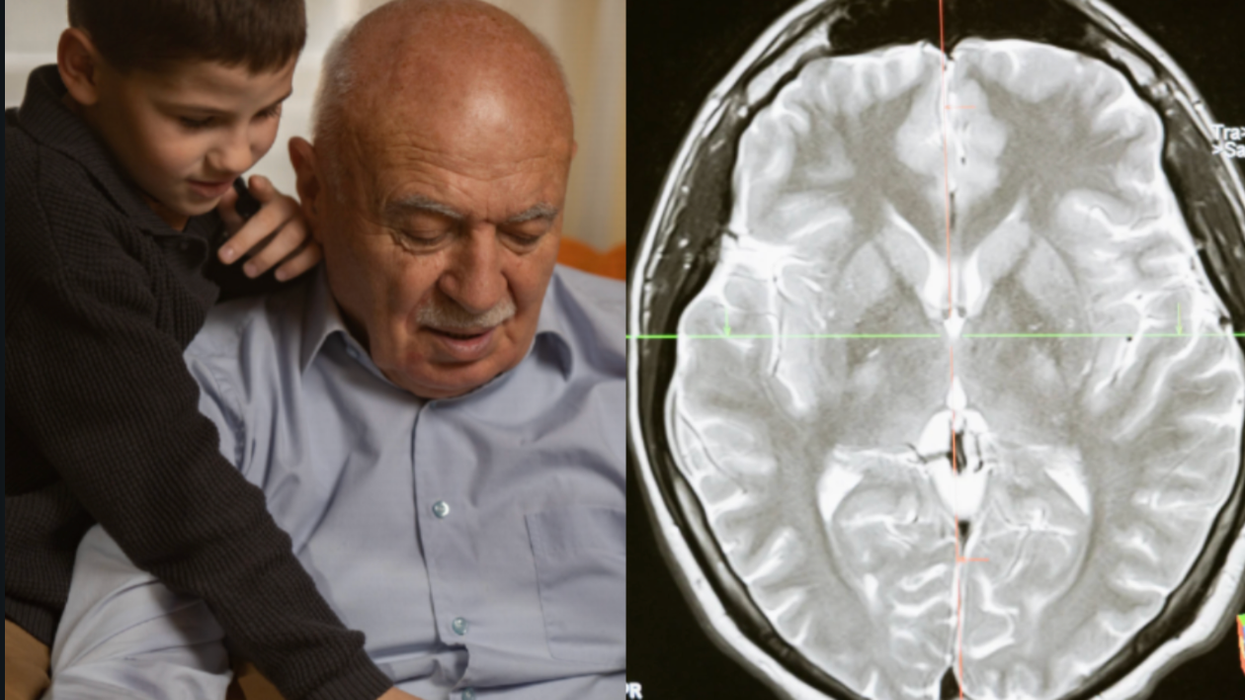Imagine a hot summer day in Buenos Aires. Your nostrils flood with the smell of charcoal; you’re surrounded by amigos, familia, and familiar faces. The grill sizzles with the snapping and popping that signifies in a few minutes all of the guests will gather around the table to eat. The table is set, the Malbec flowing, and you grab the tongs to flip over those big, juicy, pieces of … eggplant?
When you think about eating in Argentina, there are probably a couple dishes that immediately come to mind—but veggies aren’t among them.
Your assumption is a fair one: the South American country is known as one of the world’s largest consumers and exporters of beef. However, recent years have seen a growth in the popularity of more vegetable-centric lifestyles, as well as restaurants that specialize in veggie-friendly fare.
But being a vegan or vegetarian—or just someone trying to cut down on red meat—in a country with meat eating so tied into its culture isn’t always easy. The gaucho (cattle rancher) lifestyle plays such an important role in Argentine history. Since the 19th century, this historical figure has served as a national symbol for the country, inspiring countless legends, folk songs, and pieces of literature. And a 2013 article in the Los Angeles Times pointed out that many Argentineans believe it’s a health mistake to curb meat intake. Plus, there’s the customary weekend asados (barbecue) that friends and family members gather to enjoy. Going meat-free in Argentina has much wider social implications than one might imagine.
“When someone stops eating meat in Argentina, it affects their social and family relationships,” said Anne DeLessio-Parson in an email interview with GOOD. DeLessio-Parson, a sociologist from Penn State University, wrote her doctoral thesis about vegans and vegetarians living in La Plata, Argentina, a city about an hour away from Buenos Aires.
In recent years, there have been a host of initiatives aimed at limiting consumption of red meat, including the global Meatless Monday movement, created to help spread awareness of the benefits of eating less animals and more plants; it’s now currently being embraced in more than 36 countries. Studies the world over are nearly unanimous in suggesting that a high consumption of meat can increase the risk of colon cancer, heart disease, and more. Although most fall short of actually blaming meat consumption as a direct cause, there’s evidence it plays a role—likely because many link the causes to the way that red meat is processed and cooked rather than the meat itself.
But are any of these findings hitting home in Argentina, where such a meat-centric culture still exists? According to one Argentinean chef, it’s making quite a difference.
“In the last five years I’ve seen an exponential change,” chef Máximo Cabrera tells GOOD. Cabrera is a well-known Argentine chef who owns several popular veggie-friendly restaurants. “Ten years ago you said ‘organic’ and people wouldn’t know what you were talking about.”
Cabrera is the co-owner of Kensho, an organic vegan restaurant located in the somewhat posh, up-and-coming Palermo neighborhood of Buenos Aires. Recently, the self-taught chef also opened up a cooking school named CRUDO, which means “raw” in Spanish.
Cabrera jokes that everyone from politicians to satanists are welcome at the school, which aims to create a conscious link between the food we eat and how it’s produced. Like the name implies, most of the classes offered deal with raw foods; what it may not suggest is that no animal products are used. When asked why, Cabrera said CRUDO is “investigating other alternatives,” stating that commercial meat and dairy products are unhealthy and unsustainable.
Although the doors of CRUDO have only been open since April of this year, almost every class has been packed with students eager to learn the ins and outs of such culinary arts as vegan cheese making, vegetable fermentation, pasta making, and more. On average, they enroll about 180-200 students a month.
His mission is more extreme than you’d think, especially considering that Argentineans love their steak in more complex ways than just enjoying a good, meat-heavy meal.
“Argentina is the only place in the world that every day you eat meat,” Cabrera says. Though plenty of other countries around the world have meat-centric cuisines, the facts stand to reason that whether Argentineans consume meat every day or not, it’s a country that loves its carne. According to a recent study by the Organization for Economic Co-operation and Development and Food and Agriculture Organization of the United Nations, Argentineans consumed more than 40.4 kilograms of meat per capita, or nearly 90 pounds per person, in 2015; other countries like the U.S. (24.7 kg/capita, or 54.5 pounds) and Canada (17.4 kg/capita, or 38.4 pounds) consume much less.
“When meat plays such a central role in the culinary culture, as it does in Argentina, the rejection of meat implies a rejection of national identity. Some people react with bewilderment, confusion, suspicion, and sometimes, yes, hostility,” DeLessio-Parson said.
DeLessio-Parson is currently heading a study exploring the social implications of what it means to be a vegan or vegetarian in a culture so steeped in the consumption of meat. The study is collecting data by surveying a sample of non-meat eaters, and includes questions such as: I feel discriminated against as a vegan/vegetarian, strongly agree to strongly disagree; and When you became vegan, did the men/women in your family put obstacles in your way?
Though it’s currently underway, she said that preliminary findings of the survey show that, although some face discrimination for going vegan, many others are shown support and encouragement.
“Some people report pushback from family and friends, who make fun of them or put obstacles in the way,” DeLessio-Parson said. “But, at the same time, many people report having friends or family who make special vegetarian meals for them, or express interest in trying vegetarianism for themselves.”
Recently, DeLessio-Parson was featured on a popular Argentine morning news show, where she spoke about her research, in particular how it relates to gender. She explained that in many cases, the study found that the traditional Argentine asado is a “highly-gendered space.”In many cases, the man stands watch at the grill with his buddies while the women set the table, prepare the salads, and keep an eye on the kids.
“In this setting, vegetarianism is disruptive,” DeLessio-Parson said. “That’s especially true for men. Where should a vegan go when the grill is full of meat?”
People around the world are wrapping their heads around new nutritional and culinary possibilities for a whole host of reasons. But in Argentina, the shift away from meat could change the entire culture.
“As one can complain about some aspects of the culture, we too can change it, and I’ve seen it happening,” Cabrera said, in terms of the growing interest in organic and raw foods, and the science of nutrition. “The level of (culinary) inspiration we’re generating is good, and it’s doesn’t end with asados.”
For Cabrera, the answer lies in how we eat as opposed to what we eat. He cites the health benefits of eating fermented foods along with meat. Would the historic gauchos have avoided major health problems such as colon cancer if they’d only had some kimchi with their steak? Probably, according to a 2014 study published in the Journal of Physiological Anthropology, which enumerated both the physical and neurological benefits of consuming foods rich in the chemicals created during the fermentation process.
“We have to take out the prejudice and we have to first make tasty food, because it’s what people need now,” Cabrera said. “When you feel bad, it’s difficult to be a good person.”
Or to eat well, for that matter.

















 Image artifacts (diffraction spikes and vertical streaks) appearing in a CCD image of a major solar flare due to the excess incident radiation
Image artifacts (diffraction spikes and vertical streaks) appearing in a CCD image of a major solar flare due to the excess incident radiation

 Ladder leads out of darkness.Photo credit
Ladder leads out of darkness.Photo credit  Woman's reflection in shadow.Photo credit
Woman's reflection in shadow.Photo credit  Young woman frazzled.Photo credit
Young woman frazzled.Photo credit 
 A woman looks out on the waterCanva
A woman looks out on the waterCanva A couple sits in uncomfortable silenceCanva
A couple sits in uncomfortable silenceCanva Gif of woman saying "I won't be bound to any man." via
Gif of woman saying "I won't be bound to any man." via  Woman working late at nightCanva
Woman working late at nightCanva Gif of woman saying "Happy. Independent. Feminine." via
Gif of woman saying "Happy. Independent. Feminine." via 
 Yonaguni Monument, as seen from the south of the formation.
Yonaguni Monument, as seen from the south of the formation. 
